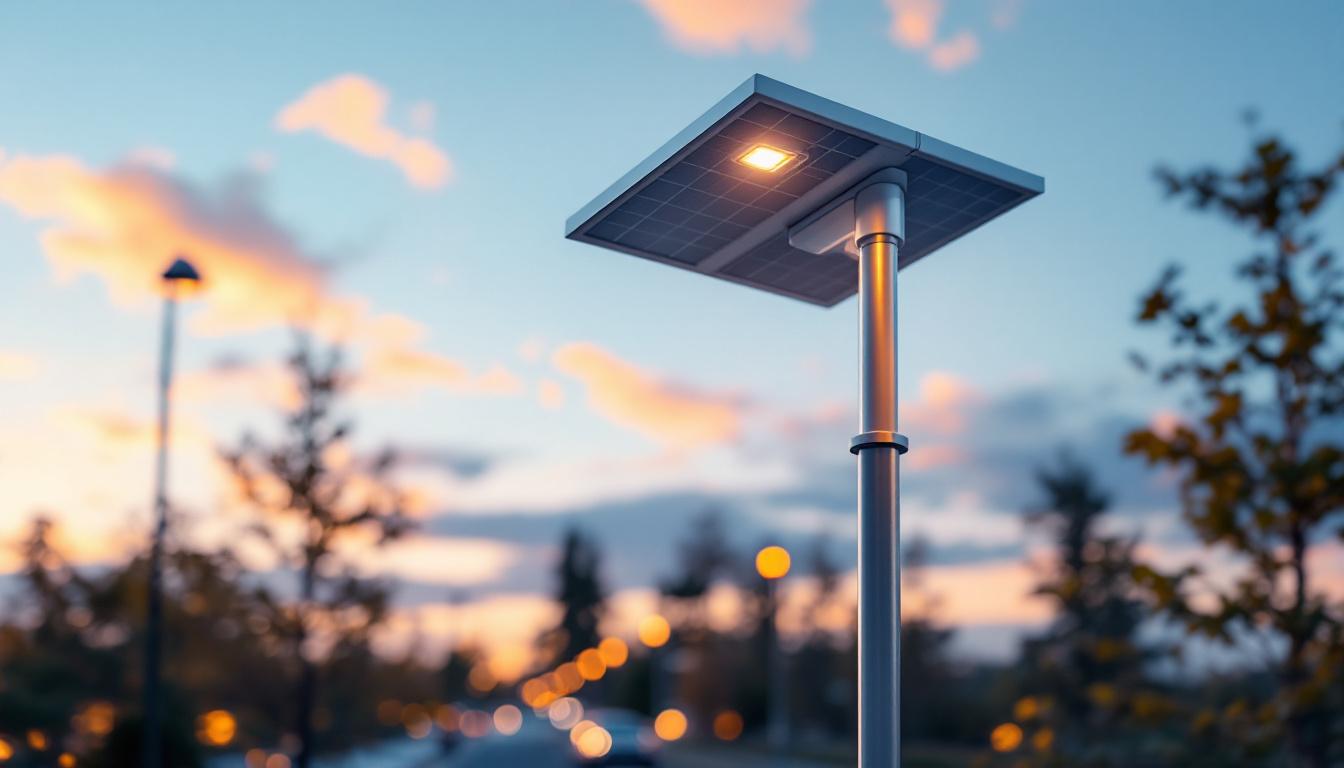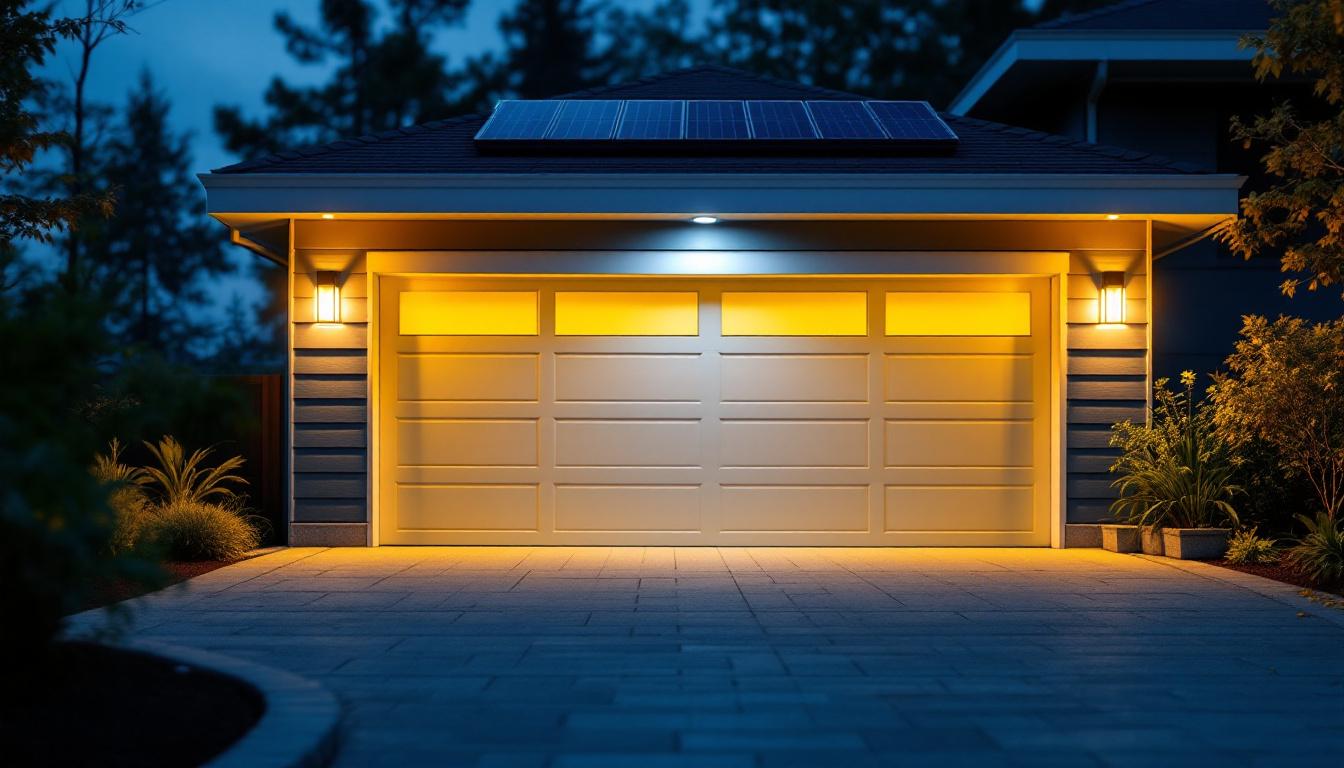
As the demand for sustainable energy solutions continues to rise, solar lighting has emerged as a viable option for various applications. For lighting contractors, understanding the intricacies of solar light pole tops is essential for delivering effective and efficient lighting solutions. This article delves into the key points that lighting contractors should consider when working with solar light pole tops, ensuring that they can provide top-notch services to their clients.
Solar light pole tops are integral components of solar lighting systems, designed to harness solar energy and convert it into usable light. These systems typically consist of solar panels, LED lights, batteries, and control systems, all housed in a compact unit that sits atop a pole. The functionality and efficiency of these systems depend on several factors, including design, materials, and installation techniques. As urban areas increasingly seek sustainable solutions, the adoption of solar light pole tops has gained momentum, providing a practical way to illuminate public spaces while minimizing environmental impact.
To effectively work with solar light pole tops, lighting contractors must familiarize themselves with the key components that make up these systems. The primary components include:
Solar light pole tops offer numerous benefits, making them an attractive option for both contractors and clients. Some of the notable advantages include:
In addition to these benefits, solar light pole tops can enhance the aesthetic appeal of public spaces. With various designs and finishes available, they can complement the architectural style of parks, streets, and commercial areas. This versatility not only improves the visual landscape but also encourages community engagement and outdoor activities during the evening hours. Furthermore, the installation of solar light pole tops can be a catalyst for broader sustainability initiatives, inspiring other projects that focus on renewable energy and conservation efforts within the community.
Moreover, advancements in technology continue to enhance the capabilities of solar light pole tops. Innovations such as integrated motion sensors and smart city connectivity allow for adaptive lighting solutions that respond to real-time conditions. This means that lights can brighten when pedestrians are detected, improving safety and visibility while conserving energy when the area is unoccupied. As cities evolve and prioritize smart infrastructure, solar light pole tops are poised to play a crucial role in creating efficient, eco-friendly urban environments.
When working with solar light pole tops, lighting contractors must take into account several critical considerations to ensure successful installations and satisfied clients.
A thorough site assessment is crucial before installation. Contractors should evaluate the following factors:
Selecting high-quality equipment is essential for the longevity and effectiveness of solar light pole tops. Contractors should consider:
Proper installation is critical to the performance of solar light pole tops. Lighting contractors should adhere to best practices to ensure optimal functionality.
The mounting of solar light pole tops should be executed with precision. Consider the following techniques:
Proper wiring and connections are essential for the reliability of solar light pole tops. Contractors should ensure:
While solar light pole tops are low maintenance, periodic checks are necessary to ensure optimal performance. Contractors should be prepared to address common issues that may arise.
Conducting regular inspections can help identify potential problems before they escalate. Key areas to inspect include:
Lighting contractors should be equipped to troubleshoot common issues that may arise with solar light pole tops:
Lighting contractors must be aware of the regulatory and compliance requirements associated with solar light installations. Understanding local codes and standards is essential for successful project execution.
Before installation, contractors should familiarize themselves with local regulations regarding solar installations. These may include:
Many regions offer incentives or rebates for solar installations, which can be beneficial for clients. Contractors should:
The solar lighting industry is continuously evolving, with new technologies and trends emerging. Staying informed about these developments can give contractors a competitive edge.
Integration of smart technology into solar lighting systems is gaining traction. Features such as:
Improvements in battery technology are paving the way for more efficient solar lighting systems. New developments may include:
Solar light pole tops represent a significant opportunity for lighting contractors to provide sustainable, efficient, and cost-effective lighting solutions. By understanding the components, installation best practices, maintenance requirements, and emerging trends, contractors can position themselves as experts in the field. As the demand for solar lighting continues to grow, staying informed and adapting to new technologies will ensure success in this evolving market.
Ready to take your lighting projects to the next level with solar light pole tops? At LumenWholesale, we provide lighting contractors with the highest quality, spec-grade solar lighting solutions at unbeatable wholesale prices. Our commitment to excellence ensures that you have access to the most reliable and high-performance lighting products for your sustainable projects. With free shipping on bulk orders, you can trust that you’re getting the best value without any hidden fees. Elevate your lighting installations with the perfect blend of quality, affordability, and convenience at LumenWholesale — your partner in Wholesale Lighting at the Best Value.

Discover how solar lights can transform your garage into an energy-efficient haven.

Discover expert advice on solar light fixtures for lighting contractors.

Discover essential best practices for lighting contractors working with outdoor light poles.

Discover expert tips from lighting contractors on choosing the best outdoor solar lights.